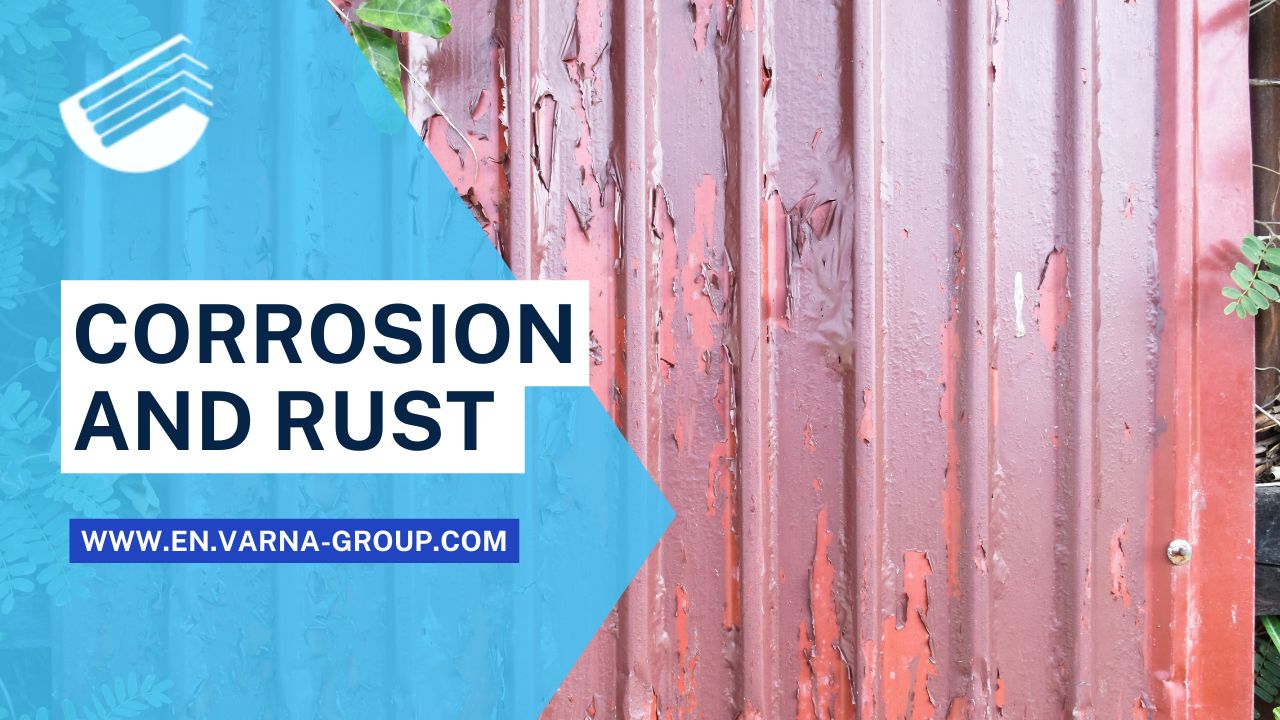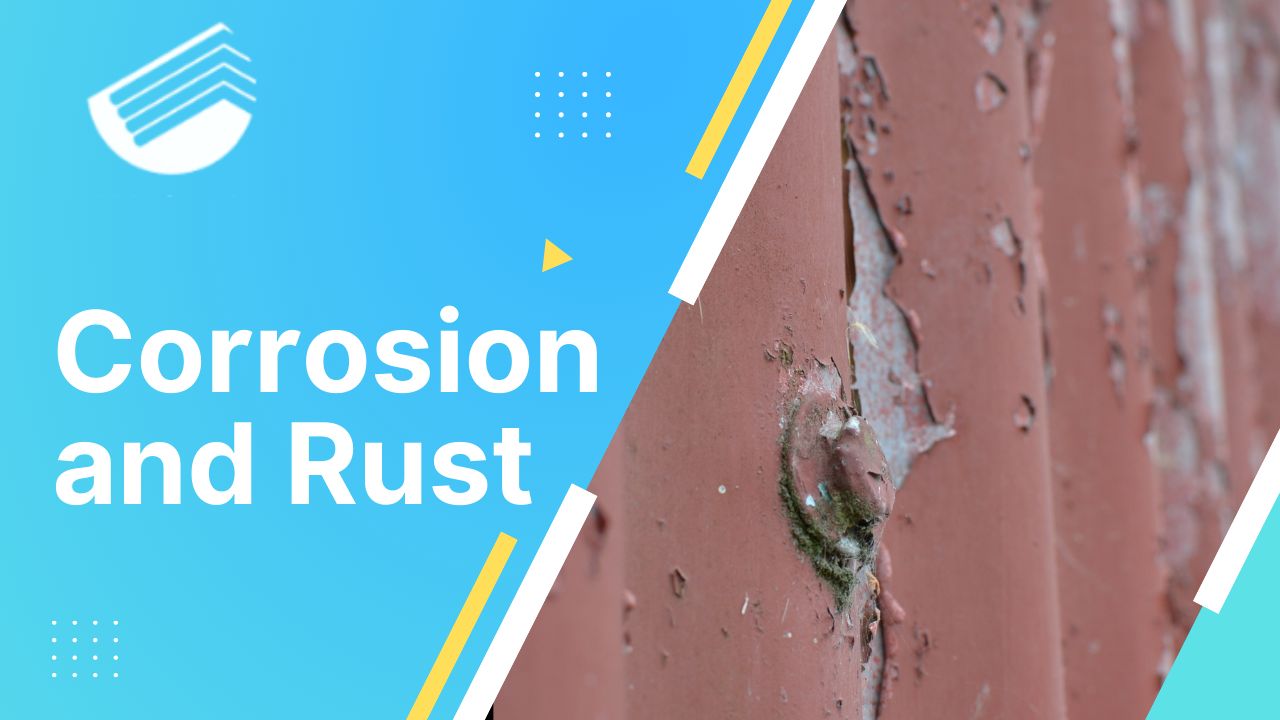The pioneer of upvc rooftile manufacturing in Iran!
+9120465839
Sales unit Connection
Corrosion costs the industry millions of dollars every year. Corrosion is a natural phenomenon and a chemical process that has its roots in science. Metal tends to return to its natural state after production and forming. In steel industry, a lot of effort is put into converting iron ore to steel naturally. The process of conversion itself is faced by a lot of corrosion and rust.

Especially on turbines that are installed on the roofs and production sheds. Although they use metal roofing with high thickness, but the degree of sensitivity is so high that using this method is not practical to prevent corrosion. Moreover, temperature generally is influential in corrosion and rusting. Increasing temperature degree speeds up the chemical reactions. Therefore, by increasing the temperature the speed of corrosion increases accordingly. Usually the reaction rate doubles for every ten degrees Celsius, but this rule has many exceptions and cannot exactly show the effect of increasing temperature on corrosive reactions. The movement of the corrosive solution causes oxygen to reach the metal surface with more ease and for this reason the speed of corrosion for metals in touch with movable solutions is more compared with metals in touch with static solutions.

When roofing materials and parts are exposed to tensile stress in corrosive environment they suffer from environmental cracking are destroyed due to corrosion. Generally speaking, stresses such as remaining stress from heat treatment, welding, cold working or external stresses imposed on metals in their surrounding environment causes intensity in corrosion process. Most structural alloys are affected by corrosion only due to exposure to humidity. Therefore, humidity is another influential factor in roofing corrosion. It means when they are combined with oxygen and water to form hydroxyl ions, then they react with released ions from Anode and make iron hydroxide that itself oxides more in the air and form hydrated iron oxide (rust red). the sum of these reactions can be shown by the following equation:

Fe 302 2H2O = 2 Fe 203H2
(Steel) (Oxygen) (Water) = Hydrated Iron oxide(rust)
Factors that cause corrosion in metals include the followings:
Considering these issues in some cases the need for alternative products for industries that have to use corrosive materials and gases is of higher importance. Because cost of repair and maintenance in these industries will cause heavy financial losses. One of the materials that can be a good alternative for metal is UPVC. Considering UPVC features, it does not show any reactions with solvent (acidic or alkali) and is resistant enough to environmental factors. Sepid Fam Varna Corporation, UPVC roofing manufacturers producing resistant material to acid and alkali without any reactions to solvent and humidity can be a significant contribution to the industries that deal with such problems. Metal roofing materials are exposed to high corrosion in acid and alkali conditions. While UPVC materials without any reactions in such conditions will reduce the cost of repair and maintenance. Moreover, UPVC roofing materials do not corrode in humidity and environmental factors such as rain. Poly Roof Varna UPVC roofing materials have valid certificate without chemical reactions to acid and alkali and any solvents. Other than the features mentioned above they have anti-fire property (with Grade B 1) , they are impact resistant and eco-friendly.
Considering these issues in some cases the need for alternative products for industries that have to use corrosive materials and gases is of higher importance. Because cost of repair and maintenance in these industries will cause heavy financial losses. One of the materials that can be a good alternative for metal is UPVC. Considering UPVC features, it does not show any reactions with solvent (acidic or alkali) and is resistant enough to environmental factors. Sepid Fam Varna Corporation, UPVC roofing manufacturers producing resistant material to acid and alkali without any reactions to solvent and humidity can be a significant contribution to the industries that deal with such problems. Metal roofing materials are exposed to high corrosion in acid and alkali conditions. While UPVC materials without any reactions in such conditions will reduce the cost of repair and maintenance. Moreover, UPVC roofing materials do not corrode in humidity and environmental factors such as rain. Poly Roof Varna UPVC roofing materials have valid certificate without chemical reactions to acid and alkali and any solvents. Other than the features mentioned above they have anti-fire property (with Grade B 1) , they are impact resistant and eco-friendly.